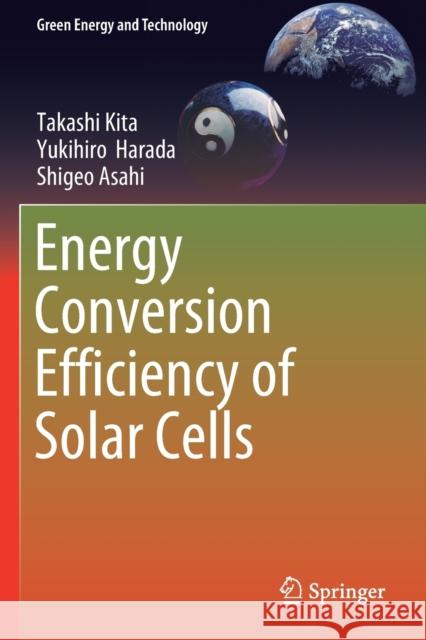Energy Conversion Efficiency of Solar Cells » książka
topmenu
Energy Conversion Efficiency of Solar Cells
ISBN-13: 9789811390913 / Angielski / Miękka / 2020 / 202 str.
Energy Conversion Efficiency of Solar Cells
ISBN-13: 9789811390913 / Angielski / Miękka / 2020 / 202 str.
cena 470,13 zł
(netto: 447,74 VAT: 5%)
Najniższa cena z 30 dni: 462,63 zł
(netto: 447,74 VAT: 5%)
Najniższa cena z 30 dni: 462,63 zł
Termin realizacji zamówienia:
ok. 20 dni roboczych.
ok. 20 dni roboczych.
Darmowa dostawa!
Kategorie:
Kategorie BISAC:
Wydawca:
Springer
Seria wydawnicza:
Język:
Angielski
ISBN-13:
9789811390913
Rok wydania:
2020
Wydanie:
2019
Numer serii:
000355820
Ilość stron:
202
Waga:
0.31 kg
Wymiary:
23.39 x 15.6 x 1.17
Oprawa:
Miękka
Wolumenów:
01
Dodatkowe informacje:
Wydanie ilustrowane











